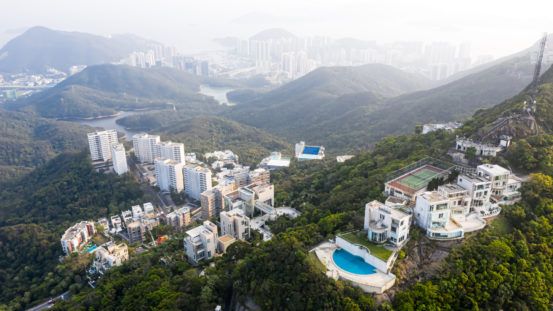The outlook for real estate investing across Apac is generally bright, with market dynamics pointing investors towards rental housing, logistics and central city-based ESG-compliant office sectors.
These reflect emerging trends in demand as well as the need to mitigate growing risks around cyclical sectors.
With this in mind, PGIM Real Estate believes the key is to manage threats to the economic outlook by shifting emphasis towards defensiveness and focusing on assets in sectors and markets that deliver dependable cash flows and where demand is structurally supported by favourable underlying trends.
“Given our assessment of the outlook for the Asia Pacific economy and real estate market, we identify three opportunities as being among the most attractive on a risk adjusted basis during the next 12 months,” said Cuong Nguyen, head of Apac investment research at PGIM Real Estate.
A broadly supportive backdrop
The border re-openings across Apac combined with strong domestic economies bode well for the outlook for real estate. As a result, investor appetite is broadly improving.
More specifically, strong labour markets underpin growth in office demand, and the structural demand for logistics and rental housing remains robust.
“The rental housing market is expected to grow significantly in the next decade across major Asian markets with the lack of institutional depth in markets outside Japan presenting investors with an attractive opportunity to participate in the secular growth of the sector,” said Nguyen.
In logistics, opportunities for stronger and more robust growth are expected for Australia, mainland China, Hong Kong and Singapore, explained Nguyen.
He added that, in Japan, the development of modern assets in regional markets outside Tokyo is also appealing.
For the office sector, declining vacancy and limited supply in the near term are supportive of a stronger rental-growth outlook, said Nguyen.
Nevertheless, occupier demand continues to prioritise higher-quality and centrally located offices, with prime buildings that have strong green credentials being the most sought after.
Transparency to benefit Apac
PGIM Real Estate’s perspective aligns with the new edition of the Global Real Estate Transparency Index by JLL and LaSalle Investment Management – which shows improvements in sustainability, technology and data availability across multiple markets in Apac.
This positions the region’s commercial real estate sector to attract increased capital in the coming years due to measurable improvements in market transparency.
“The strides toward greater transparency in Asia Pacific will intensify investor interest and bolster occupier confidence in this region,” said Anthony Couse, chief executive officer for JLL in Apac.
“As a result, we expect to see more capital deployed into those markets that can demonstrate consistent efforts to make accurate data available, enforce legal protections for property ownership and enhance the regulatory environment to facilitate the transactions.”
By market, Japan joins the ‘Highly Transparent’ category for the first time on the back of advances in net zero commitments, the introduction of more sustainability focused building standards and enhanced transparency around climate risk reporting.
Singapore moved closer to the ‘Highly Transparent’ category with deeper data coverage and clear sustainability commitments.
Elsewhere, India registers among the top global improvers, with increased institutional investment and the maturing real estate investment trust segment helping to increase the quality and availability of data.
Meanwhile, new building efficiency, heightened emissions standards and better processes and data for sales transactions in Shanghai and Beijing have helped mainland China cement its position in the ‘Transparent’ tier.
In general, there has been a shift in terms of the role sustainability plays in the decision-making process.
“The encouraging progress and implementation of broad net zero carbon plans and strategies will place resilient and sustainable real estate at the core of the longer-term attractiveness of this region for investors and occupiers,” added Couse.

















